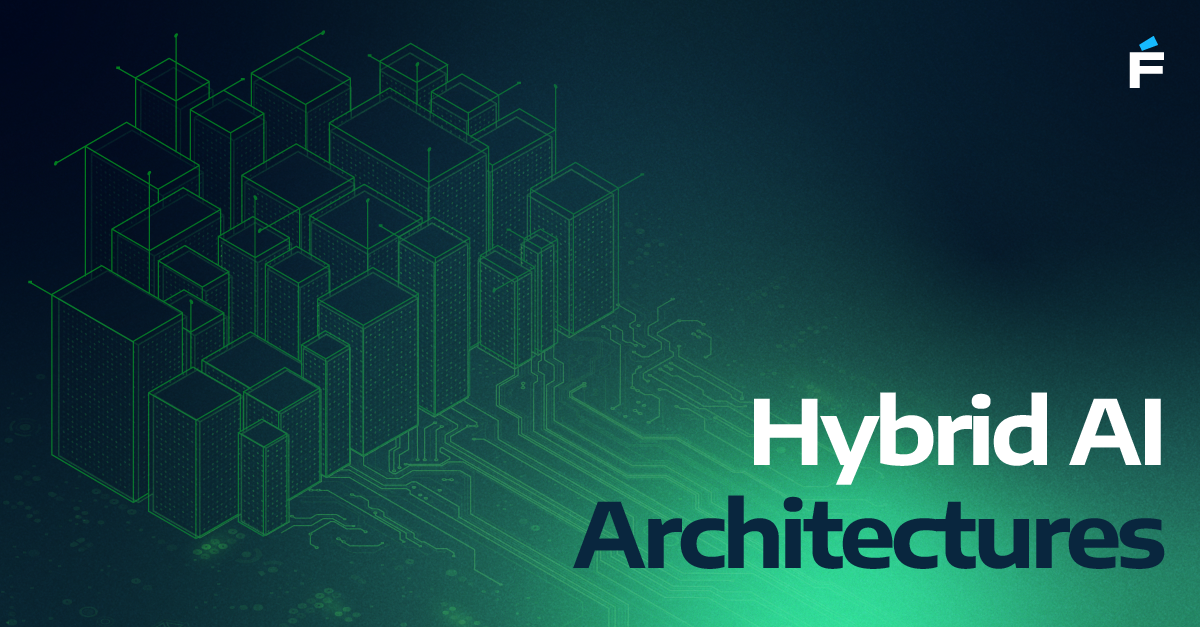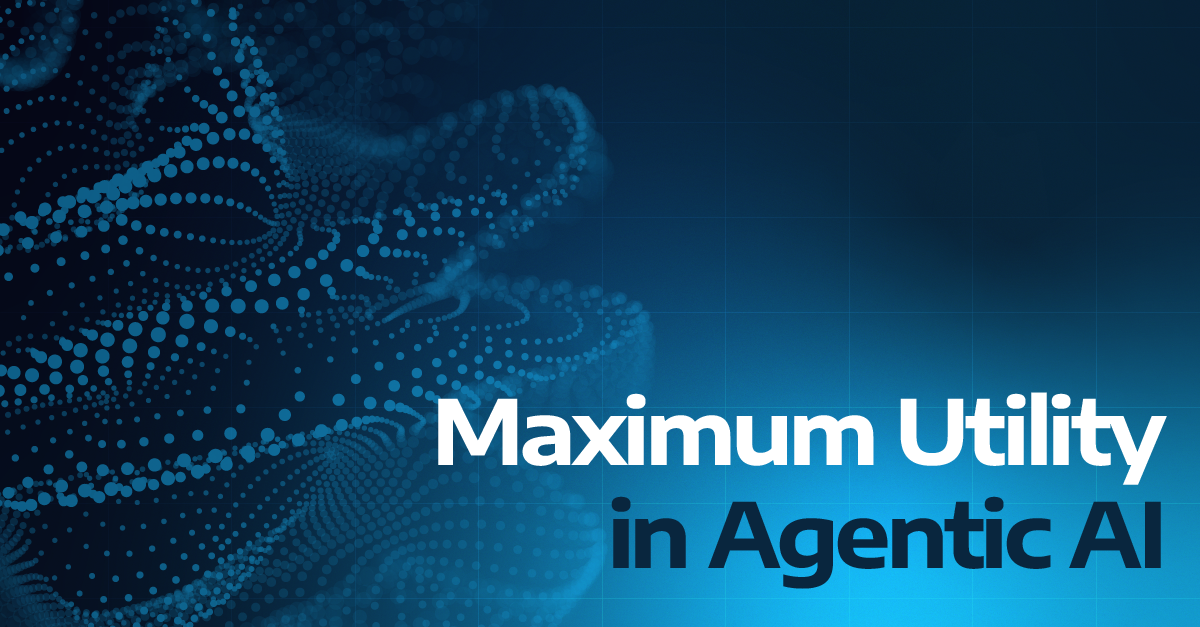Beyond Prompt Engineering
As enterprises adopt large language models (LLMs) into core workflows, the limitations of prompt engineering are becoming increasingly evident. While it was useful during the exploratory phase of AI integration, prompt engineering alone is neither scalable nor reliable for production systems.
The emerging discipline of context engineering offers a more structured approach. It shifts the focus from isolated interactions to the design of the entire environment in which AI agents operate—what they see, how they reason, and how they collaborate.
What Is Context Engineering?
Context engineering encompasses the intentional design of the cognitive environment surrounding an LLM. Its core components include:
- Problem Framing – Translating business intent into structured, machine-interpretable objectives.
- Input Structuring – Defining task schemas, role-based templates, and interface constraints.
- Information Curation – Managing memory, retrieval strategies, and access to relevant external knowledge.
- Interaction Protocols – Establishing rules for collaboration between agents and between agents and humans.
- Governance Layers – Adding validation, oversight, and auditability to outputs.
This is a system-level discipline, more akin to software architecture than scripting.
Why It Matters for Engineering Leaders
For mid-market engineering teams, context engineering provides:
- Operational Consistency – Replacing one-off prompts with reusable, reliable frameworks.
- Process Alignment – Enabling agents to integrate directly into SDLC workflows.
- Risk Reduction – Mitigating hallucinations and misalignment through structured inputs and controlled memory access.
Where prompt engineering relied on intuition, context engineering provides repeatability and scale.
Practical Application: Structured Agent Collaboration
In a recent Forte Group delivery initiative, we tested LLM-driven automation for QA test case generation. Initial attempts using standalone prompts delivered inconsistent results.
By applying context engineering principles, we introduced:
- Role-specific agent instructions (planner, generator, reviewer)
- Structured task schemas with product data and flow constraints
- Memory modules to retain relevant history and prior outputs
- Validation agents to ensure quality and coverage
This significantly improved reliability, enabling integration into our delivery lifecycle with minimal overhead.
From Prompting to Protocols
The shift parallels the evolution of software itself:
|
Early Stage |
Mature Systems |
|
Prompt Tinkering |
Context Architecture |
|
Static Inputs |
Structured Protocols |
|
Single Agents |
Coordinated Roles |
|
Ad Hoc Memory |
Managed Knowledge Contexts |
LLMs are not simple tools—they are probabilistic collaborators. Engineering their context is essential to harnessing their potential at scale.
How to Begin
- Define Task Schemas – Standardize inputs and expected outputs using structured formats.
- Design Agent Roles – Clarify responsibilities to reduce ambiguity and improve outcomes.
- Use Managed Memory – Introduce retrieval or session-based memory with explicit boundaries.
- Implement Evaluation – Treat agent outputs as artifacts to be tested and refined.
- Integrate Incrementally – Begin with support functions (QA, documentation, analysis) to build internal expertise.
Context Is Architecture
Context engineering transforms AI development from tactical experimentation into a strategic capability. It replaces brittle prompt-tuning with structured, auditable systems that align with enterprise delivery goals.
At Forte Group, we are embedding context-first design into our AI-assisted delivery framework—leveraging protocols like Model-Context-Protocol (MCP) and multi-agent orchestration to improve quality, transparency, and velocity.
In the coming wave of AI-native development, the differentiator will not be who writes the best prompt, but who designs the most effective system.





.png)